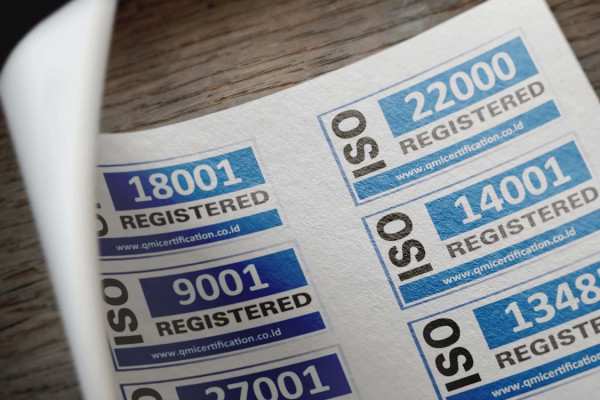Certification Achieved
Certification Achieved Successful certification is communicated to the client. Certificates are issued.
Certification Review & Decision
The organisations files are reviewed by an independent and impartial panel and the certification decision is made
Recommendation for Certification
At this point in the process we review any corrective actions taken to address findings raised at Stage 1 & 2. Certification may be recommended.
Stage 2
The second assessment determines the effectiveness of the system, and seeks to confirm that the management system is implemented and operational.
Stage 1.
The initial assessment determines if the mandatory requirements of the standard are being met and if the management system is capable of proceeding to Stage 2.


